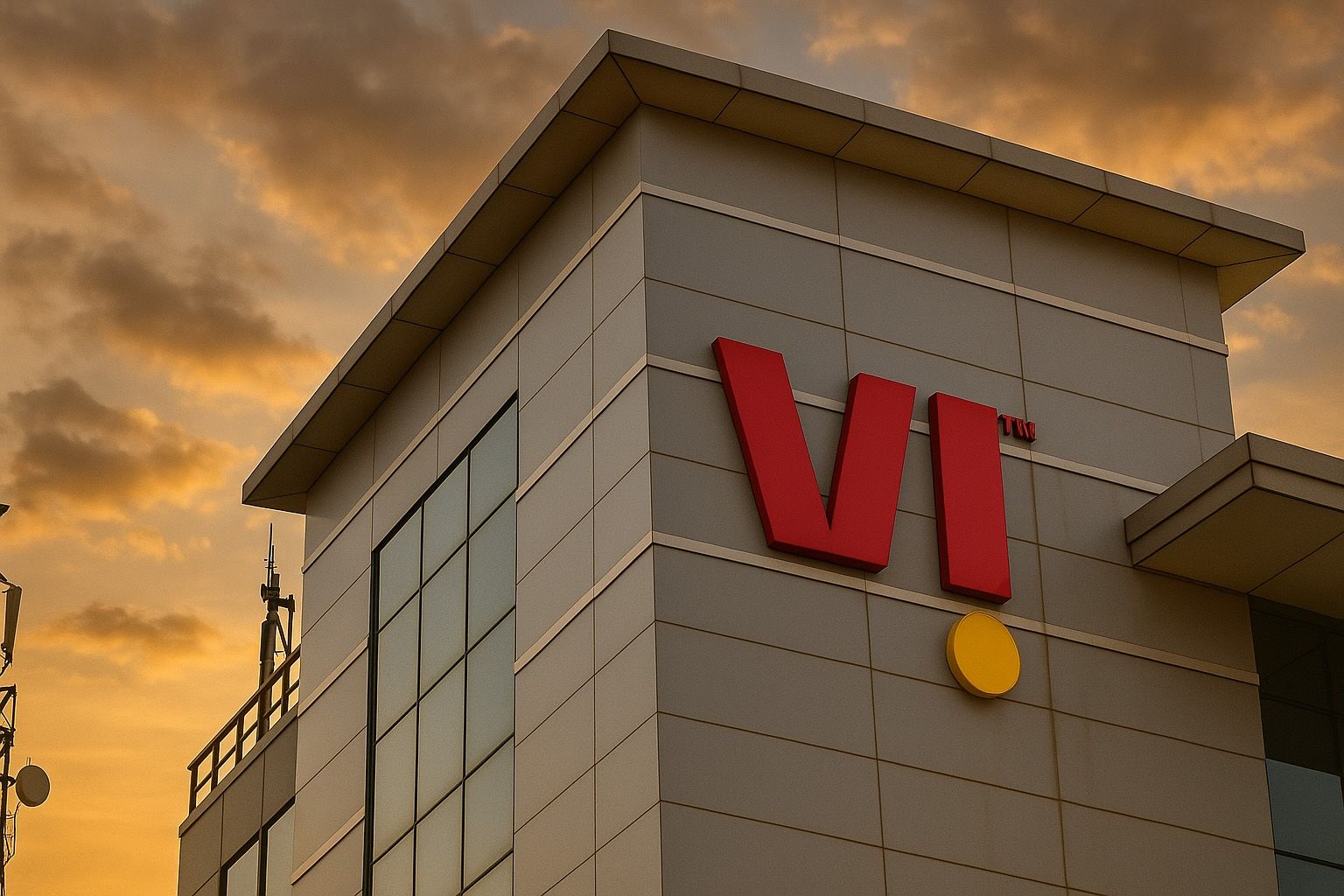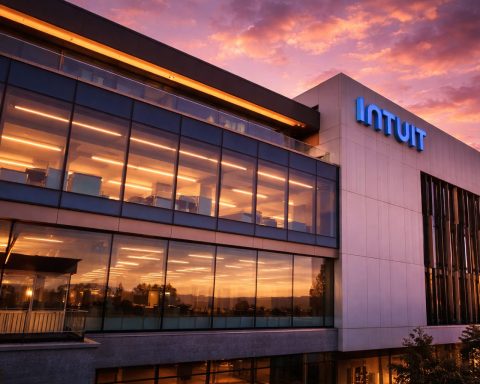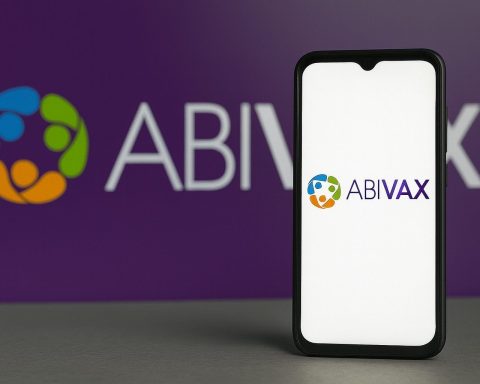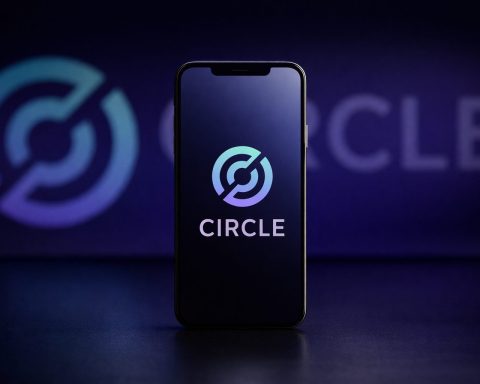- Supreme Court’s Relief: India’s Supreme Court has allowed the government to reassess all of Vodafone Idea’s Adjusted Gross Revenue (AGR) dues up to FY2016–17, providing a much-needed breather to the debt-laden telecom operator [1]. This clarification expands the scope beyond a mere ₹9,450 crore of additional dues, potentially slashing the company’s massive liability and easing its colossal debt burden [2].
- Stock Surges 10%: Investors cheered the news. Vodafone Idea’s share price jumped nearly 10% on November 3, hitting an upper circuit around ₹9.5 per share [3] [4]. The rally reflected renewed optimism after days of volatility – the stock had initially soared to a 52-week high of ₹10.57 on hopes of relief [5], then plunged 12% when an earlier court order appeared to limit the scope of relief [6] [7]. The latest Supreme Court clarification dispelled that confusion by confirming the government can consider relief on all dues, not just the incremental amount [8].
- Why It Matters:Vodafone Idea (Vi) has been teetering on the brink of collapse under a mountain of dues and debt [9]. The company owes around ₹83,400 crore in AGR dues alone, and with interest and penalties its total government liabilities swell to nearly ₹2 lakh crore (₹2 trillion) [10]. Starting March 2026, Vi faces hefty annual payments of ~₹18,000 crore towards these dues [11]. The Supreme Court’s nod effectively opens the door for the government to offer relief – such as waiving interest or re-calculating errors – which could dramatically reduce this burden [12]. Telecom Minister Jyotiraditya Scindia said the government will study the court’s order and wait for Vi to formally seek relief before deciding next steps [13].
- Government’s Stake & Public Interest: The Indian government now owns roughly 49% of Vodafone Idea after converting dues to equity, making it a key stakeholder in Vi’s survival [14]. With over 20 crore (200 million) subscribers still on Vi’s network, authorities are keen to avoid a collapse that could hurt consumers and competition [15]. The Supreme Court itself noted the “significant public interest” at play and saw “no impediment” to the Union Government reconsidering Vi’s AGR liabilities as a matter of policy [16]. In essence, rescuing Vodafone Idea aligns with the government’s aim to maintain a “3+1” market structure – three private carriers (Jio, Airtel, Vi) plus one state-run operator (BSNL) [17]. This structure ensures competitive tariffs and prevents a duopoly in the telecom sector.
- Expert Reactions – Cautious Optimism: Analysts and market experts view the Supreme Court’s move as a potential lifeline for Vodafone Idea, but they emphasize that execution is key. “Unless there is substantial relief, it is not going to make a major difference for Vodafone Idea’s stock,” warned Piyush Pandey, lead telecom analyst at Centrum India [18], underscoring that the company’s fundamentals remain weak without concrete debt reduction. Still, many brokerages have turned more positive on Vi’s prospects post-ruling. Motilal Oswal upgraded the stock from ‘Sell’ to ‘Neutral’ and nearly doubled its price target to ₹10 (from ₹6.5) [19]. Emkay Global said the judgment gives the government “flexibility to chart out a long-term sustainability plan” for Vi while urging measures to tackle its high leverage and spectrum debt [20]. Citi maintained a “high-risk buy” rating with a ₹10 target, calling the verdict a catalyst with “significant positive ramifications” for Vi and its tower partner Indus Towers [21]. Citi expects any government relief to be implemented well before Vi’s next big payment deadline in March 2026, potentially enabling fresh bank credit and even an equity infusion that could reduce the government’s stake over time [22].
- Market Impact: The Supreme Court’s clarification immediately boosted not just Vi’s shares but also those of related telecom firms. On November 3, Vodafone Idea stock closed ~9.7% higher at ₹9.58 [23], while Indus Towers (a key Vi affiliate in tower infrastructure) climbed about 5% and Bharti Airtel rose 1% in sympathy [24]. Just a week earlier, uncertainty around the court’s order had spooked the market – Vi’s stock tumbled on October 30 after the written judgment initially seemed to restrict the relief only to the ₹9,450 crore incremental dues and only for Vi (citing the “peculiar” circumstances of Vi’s case) [25]. That limited interpretation dashed hopes of a full AGR recalculation and led to profit-booking by traders, making Vi one of the Nifty 500’s top losers that day [26]. The revised clarification now resolves that ambiguity, restoring investor confidence that a comprehensive reassessment is on the table [27].
- Path Forward – Relief Package on the Horizon: With the legal green light, the ball is in the government’s court to craft a relief package for Vi. Officials indicate the company must formally spell out what relief it seeks once the court’s directive is issued [28]. Any concessions – possibly waiving interest and penalties, or recalculating AGR with allowed deductions – will be weighed carefully, especially since the Supreme Court in 2020 had taken a hard line on dues. Notably, this relief is being considered only for Vodafone Idea, given its unique situation; other telcos like Bharti Airtel (which already paid most of its AGR dues) aren’t automatically entitled to similar leniency [29]. The government’s decision will likely balance rescuing Vi with avoiding setting a precedent of undue favoritism. Telecom sector observers say a viable plan could include staggering payments further, converting more dues into equity, or government guarantees to help Vi raise funds. The Supreme Court has effectively given Vi some time, but whether that translates into a true turnaround “will depend on how soon the government converts legal relief into financial action” [30].
- Financial Woes and Challenges Ahead: Even with potential AGR relief, Vodafone Idea faces an uphill battle. Years of financial stress have left it lagging in the 5G rollout and network upgrades, causing it to steadily lose customers to rivals Jio and Airtel. The telco’s survival now hinges on two critical factors: government support and fresh investment. Encouragingly, the AGR reprieve has rekindled investor interest. Tillman Global Holdings (TGH), a US private equity firm, is reportedly in talks to invest a staggering $4–6 billion in Vodafone Idea and take over operational control – but only if a comprehensive government relief package materialises to address Vi’s liabilities (AGR and spectrum dues) [31]. According to an Economic Times report, TGH’s infusion would come with a management takeover, reducing existing promoters (Vodafone Plc and Aditya Birla Group) to minority roles [32]. Vodafone Idea has responded that no binding proposal is on the table yet, signaling that discussions remain preliminary [33].
- Outlook – Cautious Hope: For the first time in years, there is a glimmer of hope that Vodafone Idea can escape the shadow of its AGR curse. The Supreme Court’s intervention is widely seen as a lifeline to preserve competition and consumer choice in India’s telecom market [34]. However, experts caution that Vi is not out of the woods. The company needs actual cash relief and business revival steps – from debt restructuring to network investment – to regain footing. If the government delivers meaningful concessions and a strategic investor injects capital, Vodafone Idea could stabilize and even ramp up long-delayed expansions (like 5G services) to better compete with Reliance Jio and Bharti Airtel. For now, the market sentiment has turned tentatively positive, as reflected in the stock’s recent surge and analyst upgrades. “The court’s decision has bought Vodafone Idea time,” as India Today put it, but converting this legal victory into a sustainable turnaround will require swift and decisive action on the policy and financial fronts [35].
Sources: Supreme Court order coverage [36] [37]; Vodafone Idea stock reports [38] [39]; Expert and analyst commentary from brokerage reports [40] [41]; Government and company statements [42] [43].
References
1. economictimes.indiatimes.com, 2. economictimes.indiatimes.com, 3. www.moneycontrol.com, 4. www.moneycontrol.com, 5. www.indiatoday.in, 6. www.moneycontrol.com, 7. www.moneycontrol.com, 8. www.moneycontrol.com, 9. www.indiatoday.in, 10. www.moneycontrol.com, 11. www.moneycontrol.com, 12. www.moneycontrol.com, 13. www.moneycontrol.com, 14. www.moneycontrol.com, 15. www.moneycontrol.com, 16. www.moneycontrol.com, 17. www.indiatoday.in, 18. www.moneycontrol.com, 19. www.indiatoday.in, 20. www.indiatoday.in, 21. www.indiatoday.in, 22. www.indiatoday.in, 23. www.moneycontrol.com, 24. www.moneycontrol.com, 25. www.moneycontrol.com, 26. www.moneycontrol.com, 27. www.moneycontrol.com, 28. www.moneycontrol.com, 29. www.indiatoday.in, 30. www.indiatoday.in, 31. www.moneycontrol.com, 32. www.moneycontrol.com, 33. www.moneycontrol.com, 34. www.indiatoday.in, 35. www.indiatoday.in, 36. economictimes.indiatimes.com, 37. www.moneycontrol.com, 38. www.moneycontrol.com, 39. www.moneycontrol.com, 40. www.indiatoday.in, 41. www.indiatoday.in, 42. www.moneycontrol.com, 43. www.moneycontrol.com









